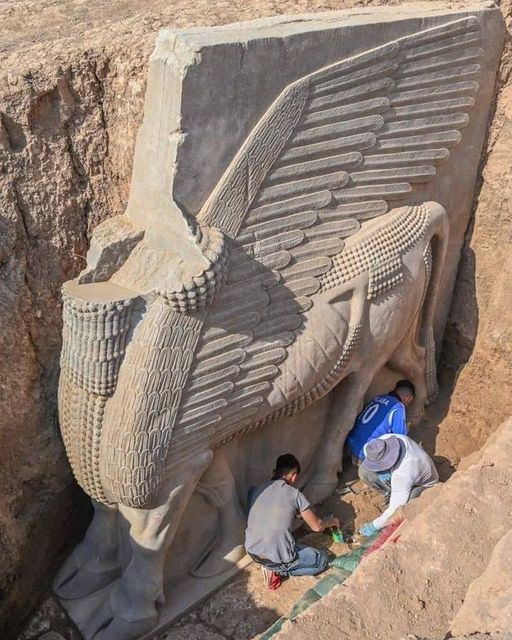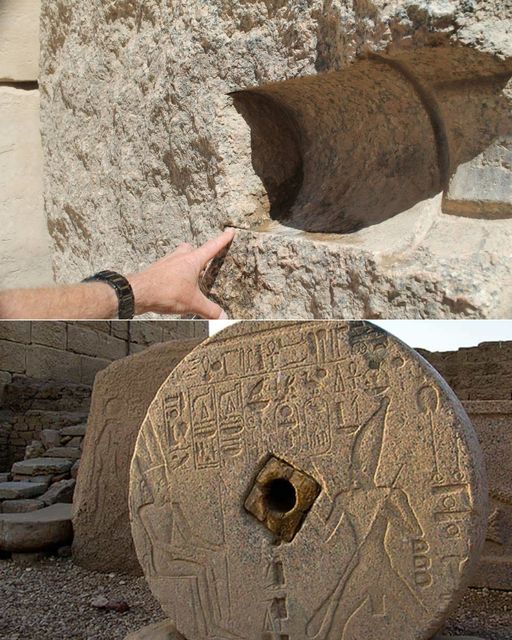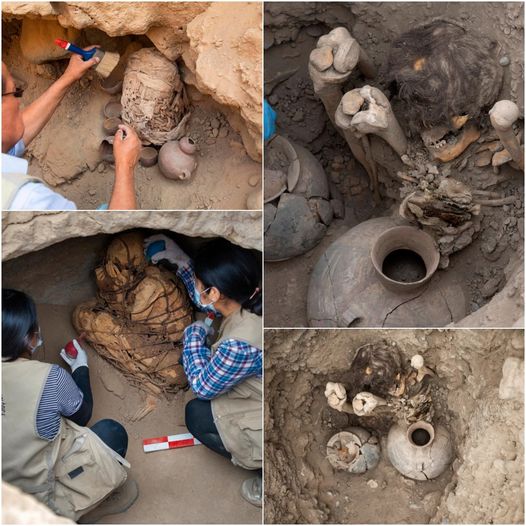Autumn is a season of transformation in the natural world, with trees donning their vibrant, colorful attire. Among the remarkable performers in this annual spectacle is the Ginkgo tree, renowned for its stunning transformation into a brilliant shade of yellow. In this blog post, we'll explore the unique qualities of the Ginkgo tree, the science behind its golden metamorphosis, the cultural significance it holds, and the enduring connection between this tree and the natural world.
- The Kaleidoscope of Nature Exploring the Enchanting World of Colorful Trees
- Unleashing the Power of Color: New York Artist Transforms Images into Seductive Masterpieces of Rainbow
The Ginkgo Tree: A Living Fossil

Before delving into the marvel of its autumnal transformation, let's get acquainted with the Ginkgo tree itself. The Ginkgo biloba, often simply called Ginkgo, is a living fossil. This tree species has been around for over 200 million years, predating even the dinosaurs. Remarkably, it has survived virtually unchanged in terms of its biological structure and appearance, making it a true living relic from the distant past.
A Golden Metamorphosis
One of the most captivating features of the Ginkgo tree is its mesmerizing transformation during the fall season. Ginkgo leaves, typically bright green in spring and summer, undergo a remarkable transition to a vibrant golden-yellow hue as autumn approaches. This transformation is the result of the same scientific processes that affect other deciduous trees.
The Science Behind the Change

The change in leaf color is primarily due to the breakdown of chlorophyll—the green pigment responsible for photosynthesis—in response to diminishing daylight and cooler temperatures. As chlorophyll fades away, it unveils other pigments that were previously masked. In the case of the Ginkgo tree, the dominant pigment responsible for the striking yellow color is xanthophyll, which is also responsible for the yellow and orange hues seen in many other trees during the fall.
Cultural Significance

The Ginkgo tree's golden transformation holds cultural significance in many parts of the world. In its native China, the Ginkgo is revered as a symbol of longevity, resilience, and hope. Its fan-shaped leaves are often associated with unity and duality, reflecting harmony and balance in Chinese culture. Ginkgo trees are commonly planted near temples, shrines, and in public spaces, serving as a living testament to the enduring values they represent.

In Japan, Ginkgo trees are celebrated for their timeless beauty and cultural importance. The iconic Ginkgo Avenue in Tokyo's Meiji Shrine Outer Garden is a must-visit destination for locals and tourists alike during the autumn season. This stunning avenue, lined with majestic Ginkgo trees, transforms into a golden tunnel, creating a breathtaking and spiritually enriching experience.
Natural Conservation

As we marvel at the Ginkgo tree's golden transformation and its cultural significance, we must also remember the importance of conserving these remarkable trees and the natural world they are a part of. Climate change, habitat loss, and pollution pose threats to many tree species, including the Ginkgo. It is crucial that we continue to support initiatives focused on preserving and protecting our natural environment.

The Ginkgo tree's annual transformation into a brilliant shade of yellow is a testament to the wonder of nature and the enduring connections it fosters with humans. This living fossil, with its timeless beauty and cultural significance, serves as a reminder of the rich tapestry of life on our planet. As we witness this golden spectacle each fall, let us appreciate the Ginkgo tree's role in our natural world and renew our commitment to conserving the treasures of nature for generations to come.
See more:










